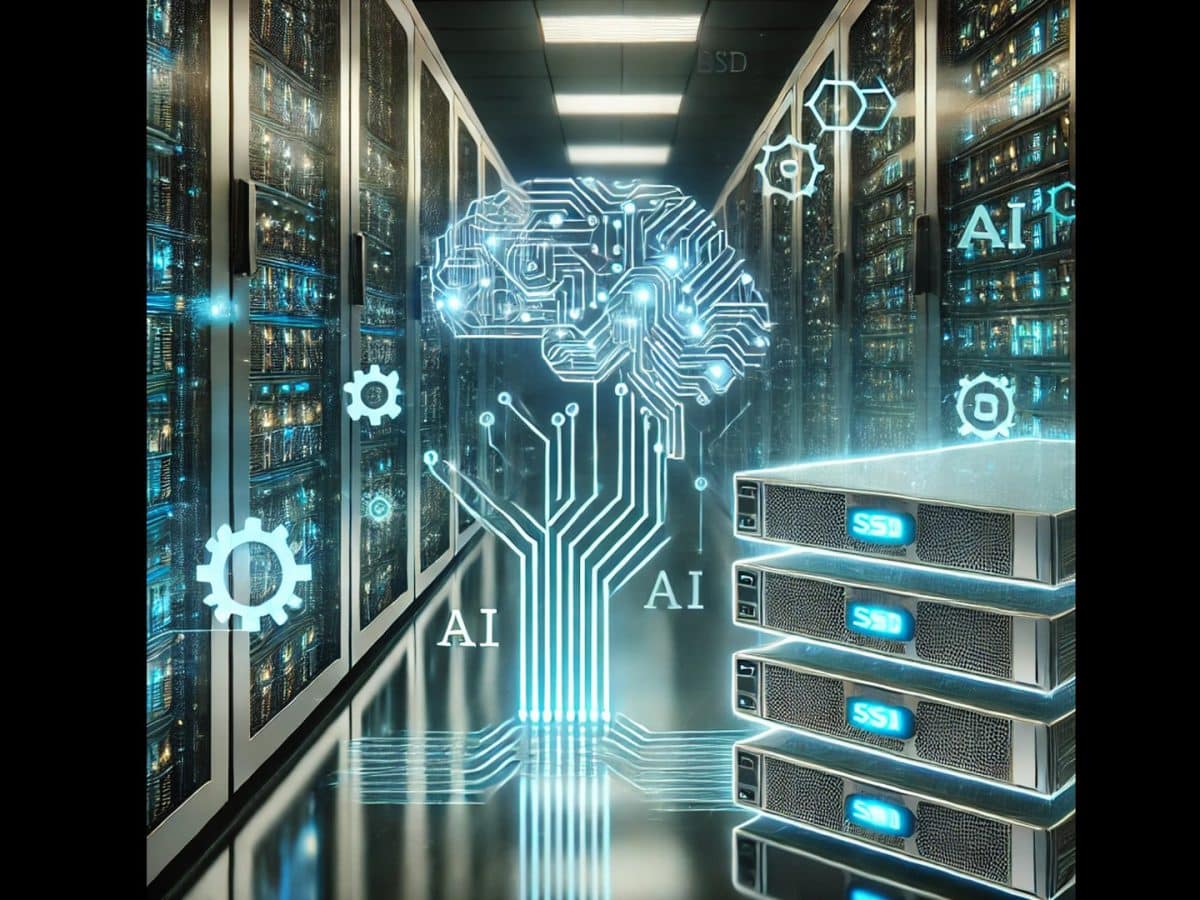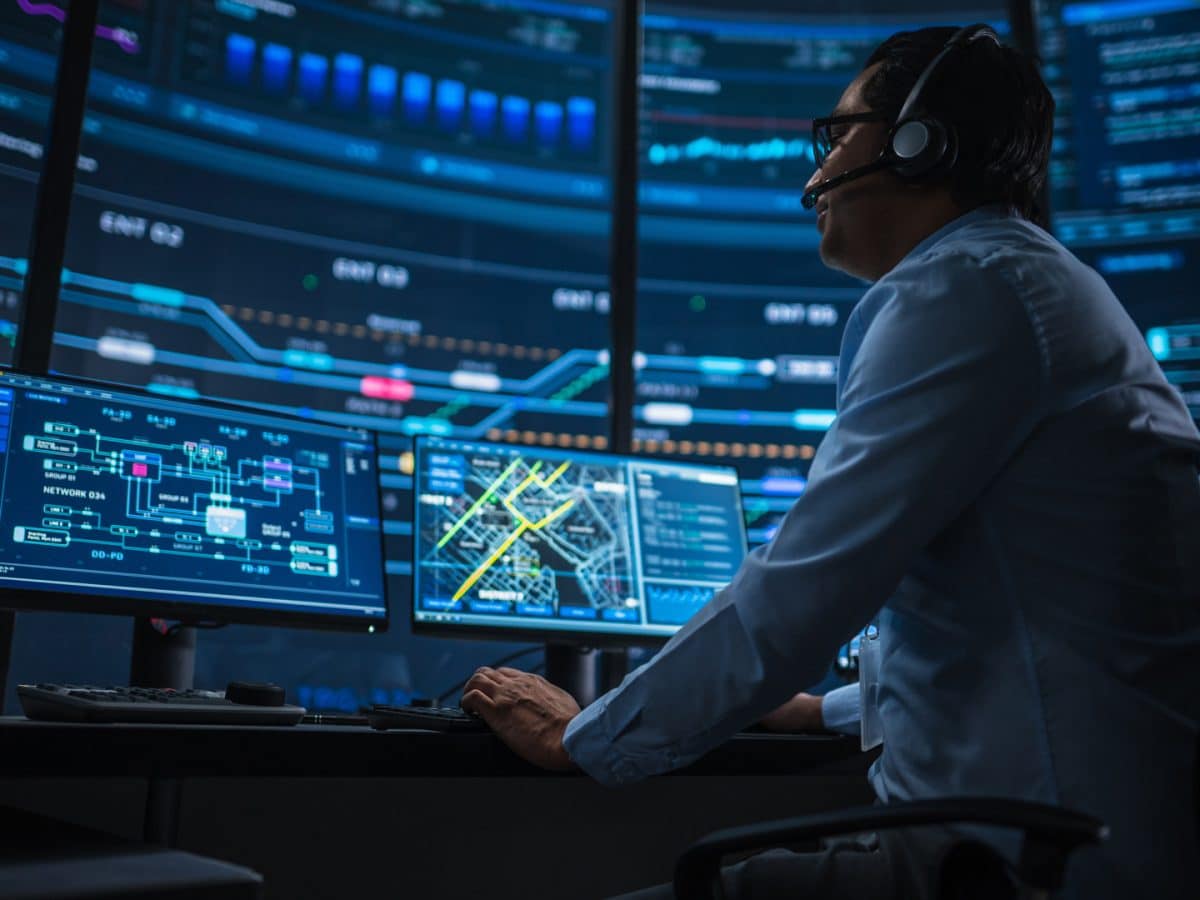The integration of artificial intelligence (AI) has become a key driver for companies aiming to enhance efficiency and drive innovation. However, the adoption of AI and cloud solutions brings with it an often-overlooked challenge: the substantial rise in data and storage costs.
In this interview, Xavier Surentherathas, Senior Director of Partner Sales for APAC at Park Place Technologies, discusses the crucial role of data centre infrastructure maintenance for companies integrating artificial intelligence (AI). He explores how end-to-end managed services can extend the lifespan of data centres, the latest monitoring practices that reduce costs, and key considerations for choosing a Third-Party Maintenance partner. He also highlights Park Place Technologies’ sustainability initiatives and their impact on the environment in India.
Why effective maintenance is the key to sustainable data centre growth
As the Artificial Intelligence (AI) juggernaut rolls on, the global Information Technology (IT) industry continues to embrace it in earnest. A recent study by Gartner spanning nearly 2500 organisations has revealed that 92 per cent of respondents are planning to or actively investing in AI tools in 2024.
The surging clamour for AI integration has opened up a valuable window of opportunity for the worldwide data centre industry as well. Mirroring the rise in AI adoption, the data centre inventory in the Asia-Pacific (APAC) region has witnessed a 22 per cent year-on-year increase in the first quarter of this year. The total APAC capacity currently stands at just under 3000 MW, according to CBRE’s Global Data Centre Trends Report 2024. Research by Goldman Sachs suggests this mutually beneficial relationship is only set to flourish, and AI could drive data centre demand up by as much as 160 percent by 2030.
While the urge to hop on the AI bandwagon can be tempting, organisations must devote proper time and attention to the initial planning stage before rushing ahead. There are two key challenges that require addressing if an AI strategy is to be successful – expenditure and environmental sustainability. Fortunately, data centres, already vital components of the global IT infrastructure and operations, could offer solutions to these trending issues.
Where AI expenditure is concerned, even meticulous planning hasn’t been able to prevent CFOs from running into the occasional roadblock. Companies looking to integrate AI have been bogged down by dramatically inaccurate budgets. As an alternative, organisations have begun to collaborate with third-party maintenance partners (TPMs) to re-examine their existing architecture in a bid to slash costs and bolster efficiency. Steps that have yielded positive results include:
- Using proactive systems to monitor network and hardware, reducing downtime as well as mean time to repair.
- Implementing agile, scalable infrastructure such as high-density racks that are capable of supporting AI’s considerably larger workload.
- Leveraging managed services and round-the-clock maintenance to extend the lifespan of hardware, thereby deriving maximum value.
- Adopting circular economy principles of Repair, Reuse, and Recycle that eliminate the need for expensive overhauls by instead utilising spare resources.
A key component of cutting costs is reducing energy consumption and minimising inefficiency that leads to excess waste generation and carbon emissions. This, in turn, helps address significant environmental concerns around data centres and AI, in particular. Data centres largely rely on non-renewable fossil fuels such as coal, oil, and gas for operations, and precious natural resources like water for temperature maintenance. The already considerable environmental impact has been exacerbated by the additional workload associated with AI systems. The International Energy Agency (IEA) fears that the current energy consumption of data centres could double by 2026, which indicates the pressing urgency of the situation. Meanwhile, data centres operators are implementing the following steps to reduce their environmental footprint:
- Leveraging modern temperature maintenance methods such as Advanced Immersion Cooling to reduce dependence on conventional cooling techniques that drain resources.
- Constant monitoring and real-time resolution of leaks and sub-optimal functioning equipment. These tend to consume excess energy and have high emission rates without operating at full efficiency.
- Repairing and reusing equipment wherever possible. This results in a reduced amount of e-waste before it is carefully recycled or disposed of in accordance with regulations.
It is crucial to be mindful of the fact that reduced expenditure and environmental responsibility can be achieved together, without compromising on either. A well-rounded and experienced TPM partner can help companies achieve their sustainability goals while staying within their budget by:
- Offering multi-vendor support across global coverage.
- Integrating flexible and scalable infrastructure that complies with the latest security regulations.
- Proactively monitoring network, servicing hardware, and extending equipment lifetime.
- Providing End of Service Life (EOSL) and post-warranty services while safely disposing of e-waste.
The role of AI in the global technology environment will only continue to expand. However, integrating it in a responsible and sustainable manner is the need of the hour. Technology companies, data centre operators, and TPM partners must create a collaborative environment that not only drives immediate innovation but also protects the long-term future of our planet. By keeping the bigger picture in focus, the IT sector can truly harness the power of AI to advance in leaps and bounds.






